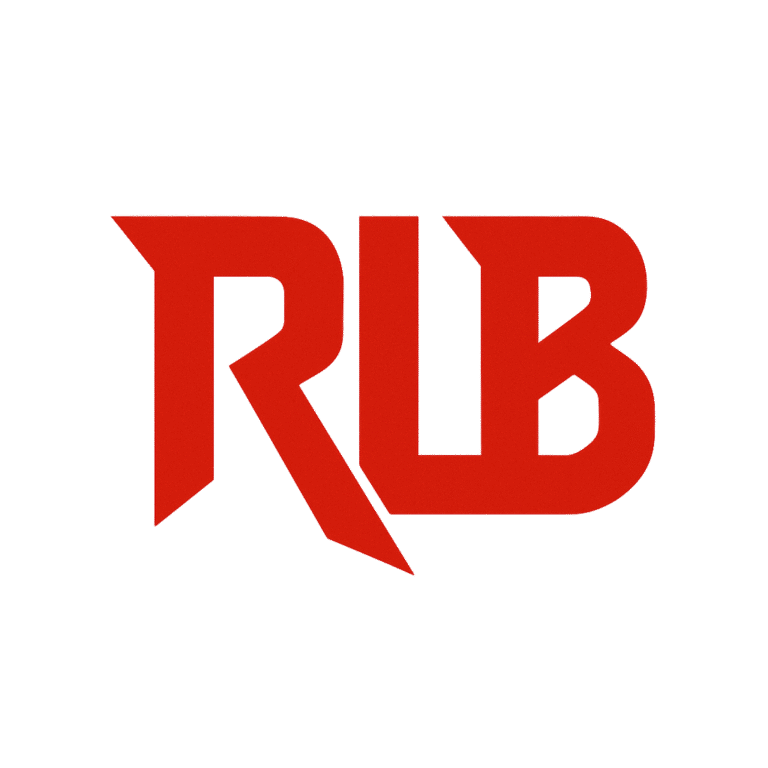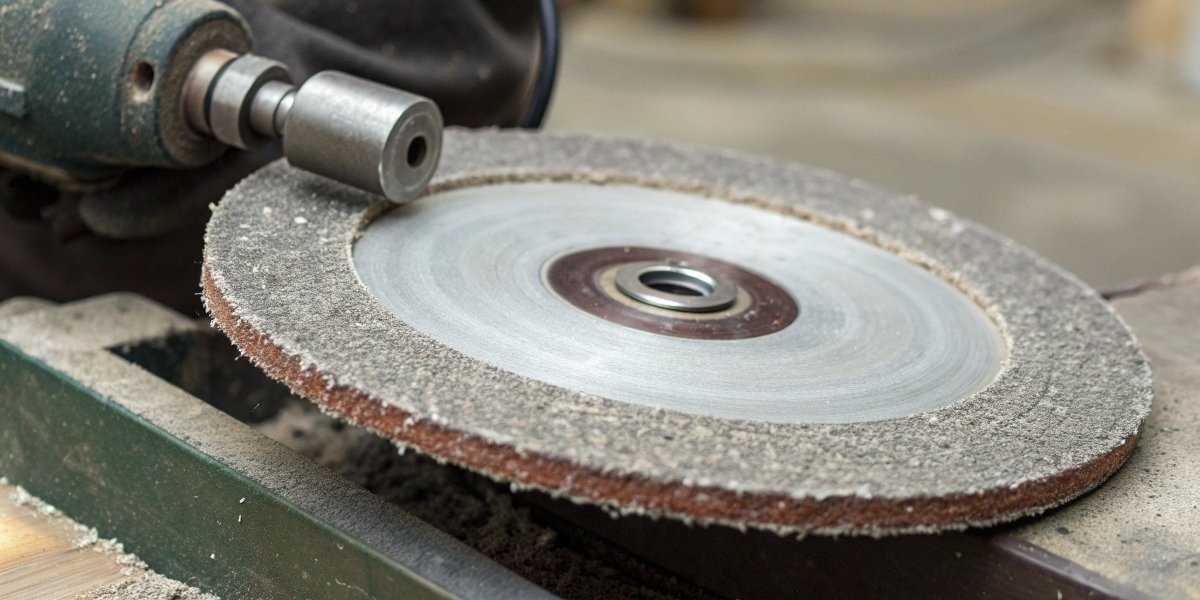
Are you confused by the term ‘grinding wheel’? This term covers many different tools, which often leads to ordering the wrong product. Let’s clarify what it really means for your production line.
A grinding wheel is a tool made of abrasive compounds used for various grinding and abrasive machining operations. Broadly, it includes cutting discs and saw blades; narrowly, it refers specifically to solid, wheel-shaped grinding tools.
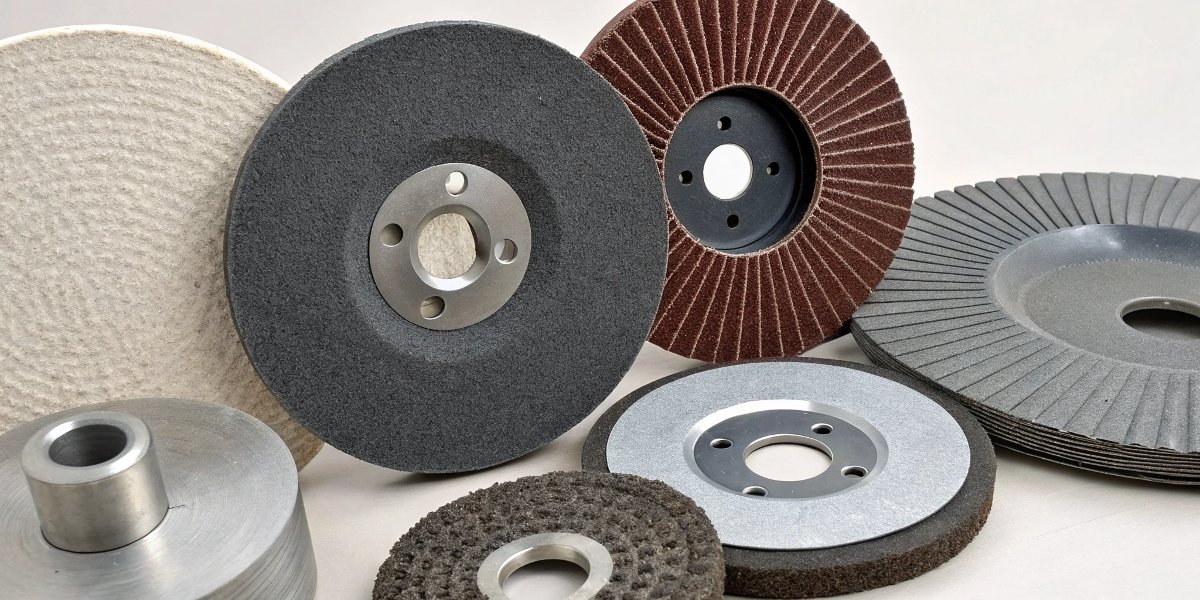
In my nearly three decades in this industry, the term "grinding wheel" has caused a lot of confusion. Some people use it to describe almost any round abrasive tool, while others have a very specific image in mind. This confusion can lead to ordering the wrong product, which wastes time and money. For example, a customer might ask for a grinding wheel1 when they really need a thin cutting disc. To make sure you get exactly what you need, it is important to understand the broad and narrow definitions. Let’s break down what these tools are and what they really do.
What is a grinding wheel used for?
Are your finishing processes slow and inefficient? Using the wrong tool for grinding, cutting, or sharpening costs time. A grinding wheel is your solution for precision material removal.
Grinding wheels are used for removing material from a workpiece. Common applications include precision surface finishing, sharpening cutting tools, deburring rough edges after casting, and cutting materials to a specific size.
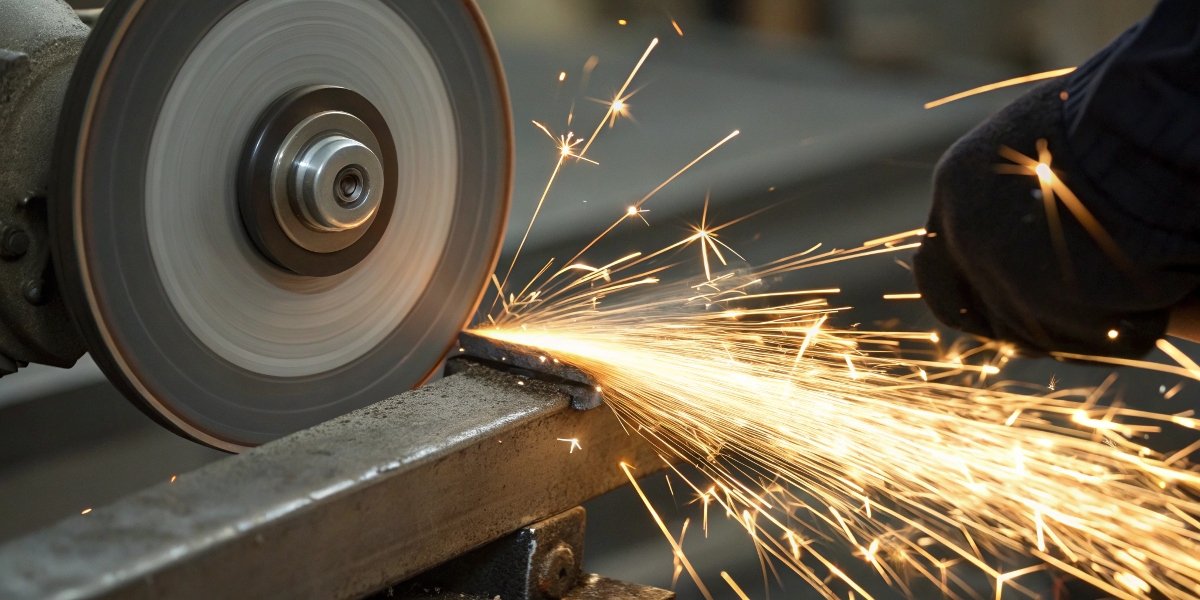
A grinding wheel’s job is to apply controlled material removal through abrasion. It’s a very versatile tool that is used across many different industries. In a broad sense, this category includes thin "cutting discs2" or "saw blades3." These are designed for slicing through metal rebar or ceramic tile. Their primary purpose is parting, or cutting, a material. In a narrower sense, ‘grinding wheel’ refers to thicker, wheel-shaped tools used for surface grinding. For example, a machinist4 might use a large wheel on a surface grinder to make a block of steel perfectly flat. A toolmaker might use a uniquely shaped wheel to sharpen the teeth on a complex cutting tool. At our company, we get many requests for custom shapes5 and sizes to fit a specific manufacturing process. These are often custom-made products. Whether you are cutting, sharpening, or finishing, the fundamental principle is always the same: using a bonded abrasive to precisely shape a workpiece.
What is a green grinding wheel used for?
Are you damaging expensive carbide tools during sharpening? Standard wheels are often too soft or they create too much heat. A green wheel is the specific, cool-cutting solution you need for these hard materials.
A green grinding wheel, made of green silicon carbide, is a specialized tool used for grinding extremely hard and brittle materials. Its main job is sharpening cemented tungsten carbide tools and precision grinding hard ceramics.
![]()
The green wheel gets its special ability from its abrasive material, which is green silicon carbide6. This material is incredibly hard, but also very brittle, or "friable." This brittleness is actually its greatest strength for this job. When grinding something extremely hard like tungsten carbide, the abrasive grains7 fracture very easily. This action constantly exposes new, razor-sharp cutting edges. This self-sharpening ability allows the wheel to cut cleanly and without building up a lot of heat. Too much heat can crack the delicate carbide workpiece. Think of it as using a knife that sharpens itself with every single cut. This is why you see these wheels in every professional tool and die shop. We add the green pigment during manufacturing to make them easy to identify. The color is a clear signal to the operator that this wheel is for special, high-value jobs on the hardest materials.
Is a grinding wheel an abrasive wheel?
Are you confused by industry jargon? Terms like "grinding wheel" and "abrasive wheel" seem interchangeable, which can cause ordering mistakes. Let’s clear up the confusion so you get the right tool.
Yes, a grinding wheel is a specific type of abrasive wheel. The term "abrasive wheel" is a broader category that includes grinding wheels, cutting discs, sanding discs, and polishing wheels. All use abrasive particles to work on a surface.
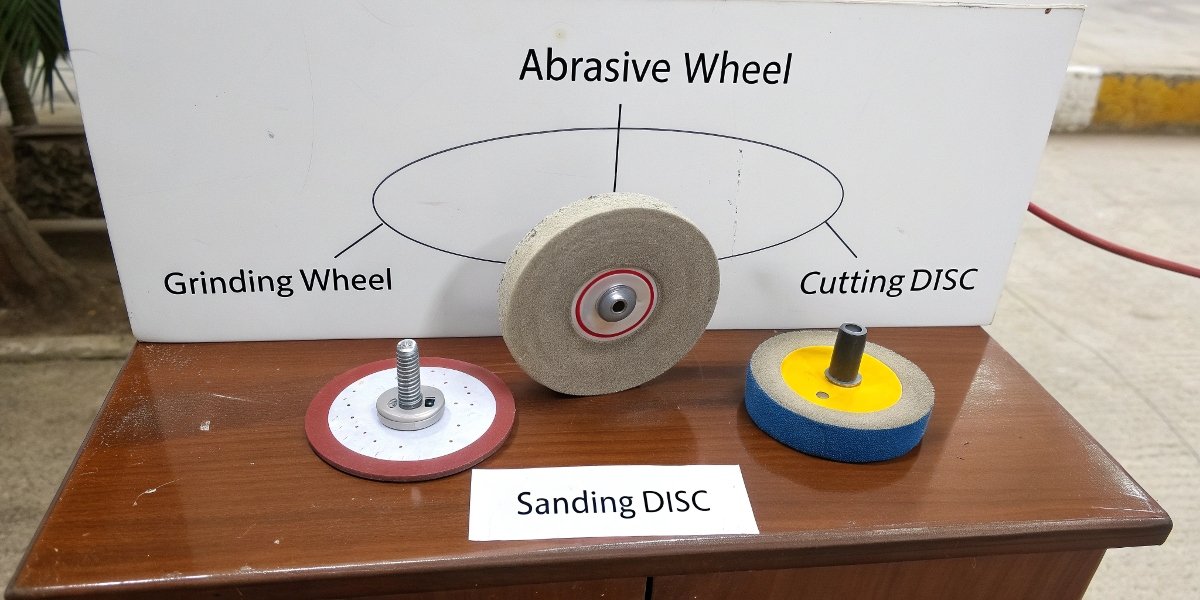
It helps to think of this in simple terms. "Abrasive wheel" is the family name. This family includes any wheel-shaped tool that uses abrasive grains to do work. A thin cutting disc that you use on an angle grinder is an abrasive wheel8. A felt polishing wheel is an abrasive wheel. And a thick grinding wheel for a bench grinder is also an abrasive wheel. "Grinding wheel" is a specific member of that family. It’s a more specific term. It usually refers to a bonded wheel intended for grinding and shaping rather than just cutting or polishing. When a customer contacts us for an "abrasive wheel," my first question is always, "What do you need it to do?" The answer tells me which member of the family they need, whether it’s a thin cutting disc for parting or a solid grinding wheel for surface finishing. Knowing the difference helps ensure you are using the most efficient tool.
What are the two major components of a grinding wheel?
Do your wheels wear out too fast or cut too slowly? This performance issue often comes from a mismatch of the wheel’s core components. Understanding these two simple parts is the key to performance.
The two major components of any grinding wheel are the abrasive grains that do the actual cutting, and the bond that holds the grains together and gives the wheel its shape and structure.
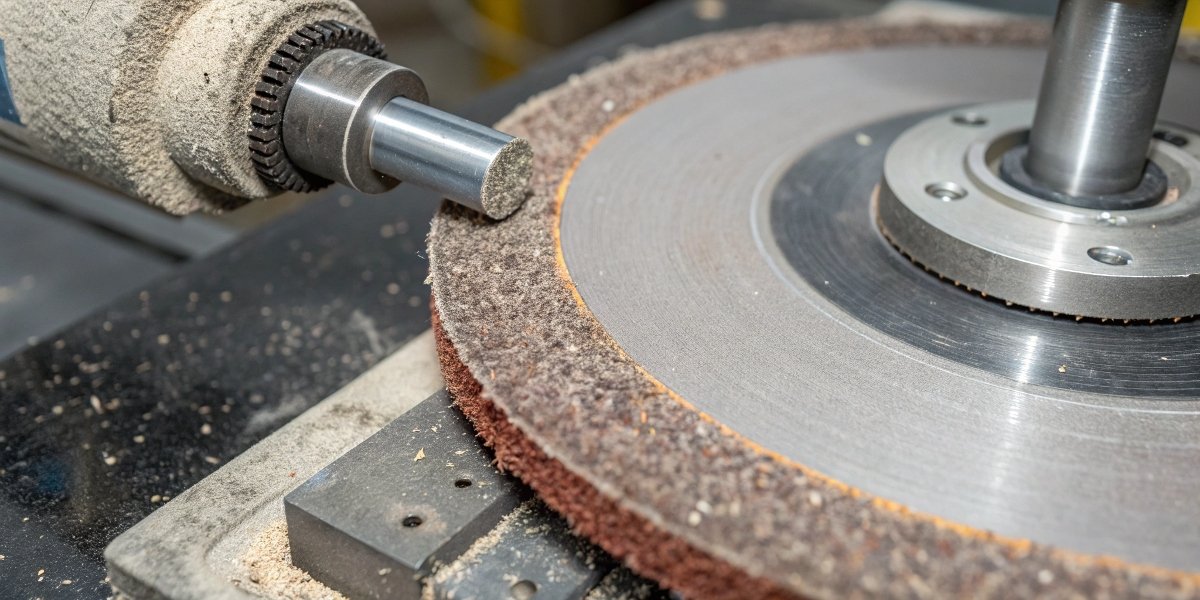
Everything about a grinding wheel’s performance comes down to the relationship between these two components. First, you have the abrasive grains. These are the tiny, sharp particles that act like millions of microscopic cutting tools9. The type of abrasive we use, like Aluminum Oxide or Silicon Carbide, is chosen based on the material you are grinding. The size of these grains determines how rough or fine the final surface finish will be. The second component is the bond. This is the glue that holds all the abrasive grains together. The bond can be engineered to be hard or soft. A hard bond holds onto the grains for a long time, which is good for grinding soft materials. A soft bond allows dull grains to break away easily, exposing new sharp grains. This is critical for grinding very hard materials. The interplay between the abrasive grain and the bond is what we engineer to create a wheel perfectly suited for your specific task.
Conclusion
A grinding wheel is an abrasive tool with two key parts: the abrasive and the bond. Its form and function vary widely, from cutting discs to custom-shaped grinding tools.
-
Understanding the definition and applications of grinding wheels can help you choose the right tool for your needs. ↩
-
Explore the differences between cutting discs and grinding wheels to avoid ordering mistakes. ↩
-
Discover the relationship between saw blades and grinding wheels for better tool selection. ↩
-
Discover the essential tools used by machinists to enhance your own tool selection. ↩
-
Learn about the process of creating custom grinding wheels for specialized applications. ↩
-
Explore the benefits of silicon carbide in grinding applications for better performance. ↩
-
Understanding abrasive grains is crucial for selecting the right grinding wheel. ↩
-
Clarifying the distinction can help you select the right tool for your specific needs. ↩
-
Explore the various cutting tools that can benefit from grinding wheel sharpening. ↩
Written by
leeon
You may also be interested in:
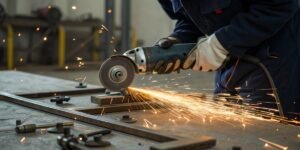
How do you cut bolts with an angle grinder?
Struggling to make a clean cut on a stubborn bolt? Using an angle grinder can feel intimidating, but it is a fast and effective method
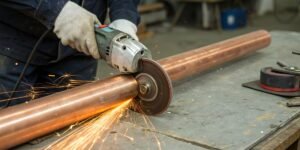
Can I use an angle grinder to cut a copper pipe?
Struggling with a quick copper pipe cut? Worried about damaging the material? An angle grinder is a fast solution, but using it wrong can be
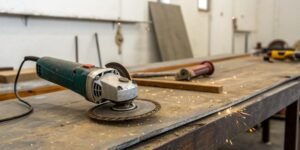
Can an angle grinder cut meat and bones?
Struggling to cut tough bones? Thinking of grabbing your angle grinder for a quick solution? This powerful tool seems like an easy answer, but it’s
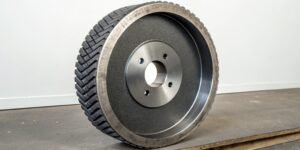
What's the application of CBN Wheels?
Struggling with grinding hard steels? Frequent wheel changes and poor finishes can hurt your bottom line. We have found that CBN wheels provide the durability
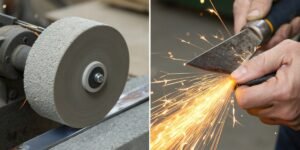
What is the difference between grinding and honing a blade?
A dull blade is a frustrating problem. It slows down production and ruins your workpiece. Using the wrong technique to fix it can cause permanent
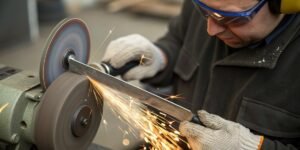
How to sharpen a knife on a bench grinder?
Is your dull knife slowing you down? A bench grinder seems like a quick fix, but you’re worried about ruining the blade. You need a
